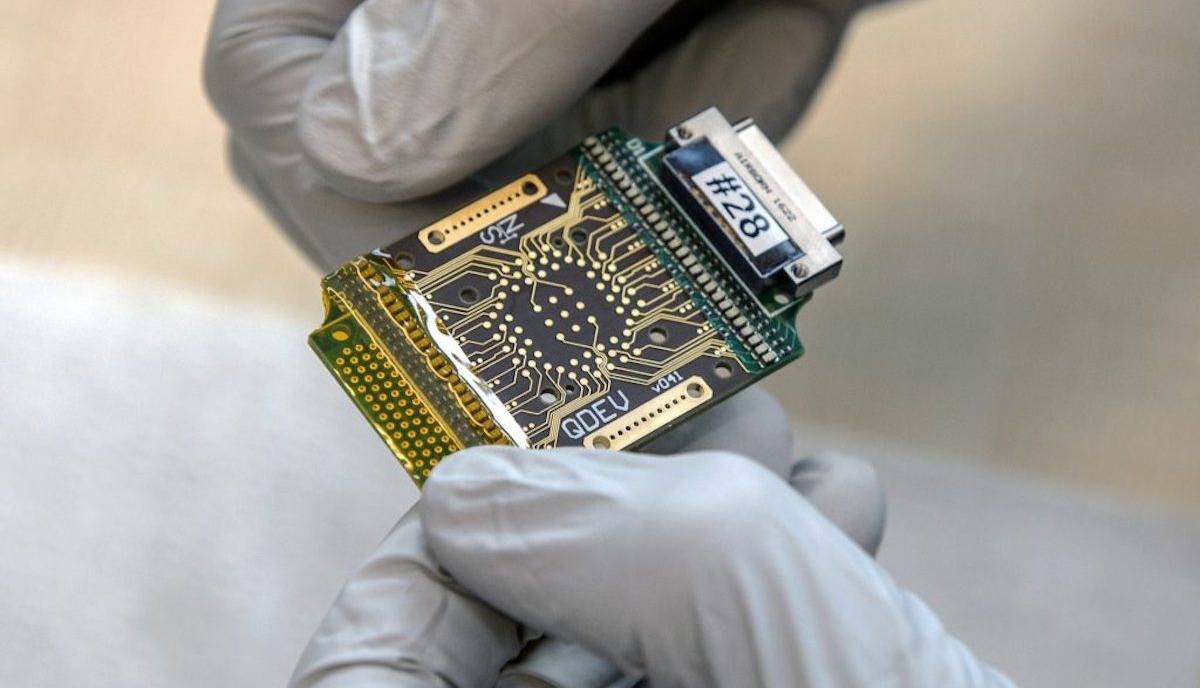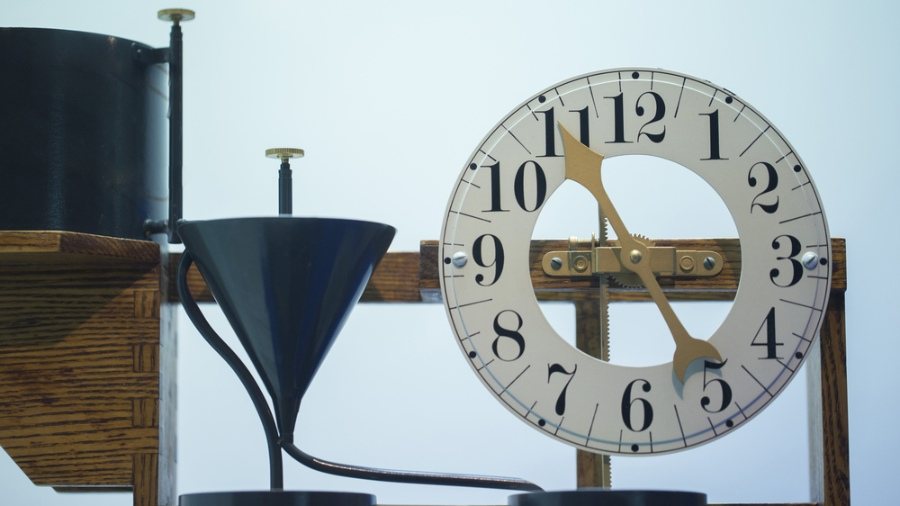Mile Gu, an assistant professor of physics at Nanyang Technological University, has developed a quantum computer simulator that is capable of seeing the future. Let’s not exaggerate; it can see 16 possible versions of the future simultaneously at the moment.
To understand how this quantum computer can foresee 16 possible outcomes of the future, you need to understand how quantum computers work.
In quantum computers, information is stored in quantum bits or qubits. Qubits are subatomic particles that can exist in two different states at the same time. Unlike contemporary computers, a single qubit in a superposition can store both 0 and 1 and the only means to determine the precise value is to measure it.
Therefore, you can store more data in a single qubit when compared to a bit which can store either 0 or 1.
The Experiment
Taking inspiration from the existence of more than one reality, Mile Gu and his colleagues developed a quantum simulator that can predict 16 possible versions of the future.
The experiment is similar to tossing a coin four times in a row and recording 16 possible outcomes. These outcomes were then encoded in a single quantum particle of light or photon and passed through several sensors.
Perturbed Coin
The researchers used the perturbed coin – a classical model which consists of a binary random variable that represents two states of a coin inside a box.
In this stochastic process, the box is shaken so as to perturb the coin. Explaining the process, Gu says “Imagine there’s a box, and inside it is a single coin. At each step of the process, someone shakes the box a little bit, so the coin has a small probability of flipping.”
Unlike the classic flipping of a coin that involves equal chances of having a head or a tail, the outcome in the perturbed coin process depends upon the last state of the coin.
The researchers ran two versions of the experiment — one where the box was shaken lightly and the other involved shaking the box vigorously.
The box was jiggled four times to record 16 possible outcomes. The outcomes were then combined and a map of possible outcomes was prepared which was then fed to the quantum simulator.
It’s Indeed (Dr.) Strange
“It’s sort of like Doctor Strange in the ‘Avengers: Infinity War’,” said Gu.
“He does a combined computation of all these possibilities to say, ‘OK, if I changed my decision in this small way, how much will the future change?’ This is the direction our simulation is moving forward to.”
Due to limitations in computing power, the simulator can only calculate 16 possible outcomes. However, with the increasing developments in the field of quantum computing, we’re not far from the day when a quantum computer will be able to predict more possible versions of the future.
This quantum simulator can find its applications in making complicated predictions in areas like predicting the weather or the stock market.
You can read more about the experiment in an article published in the journal Nature Communications.










